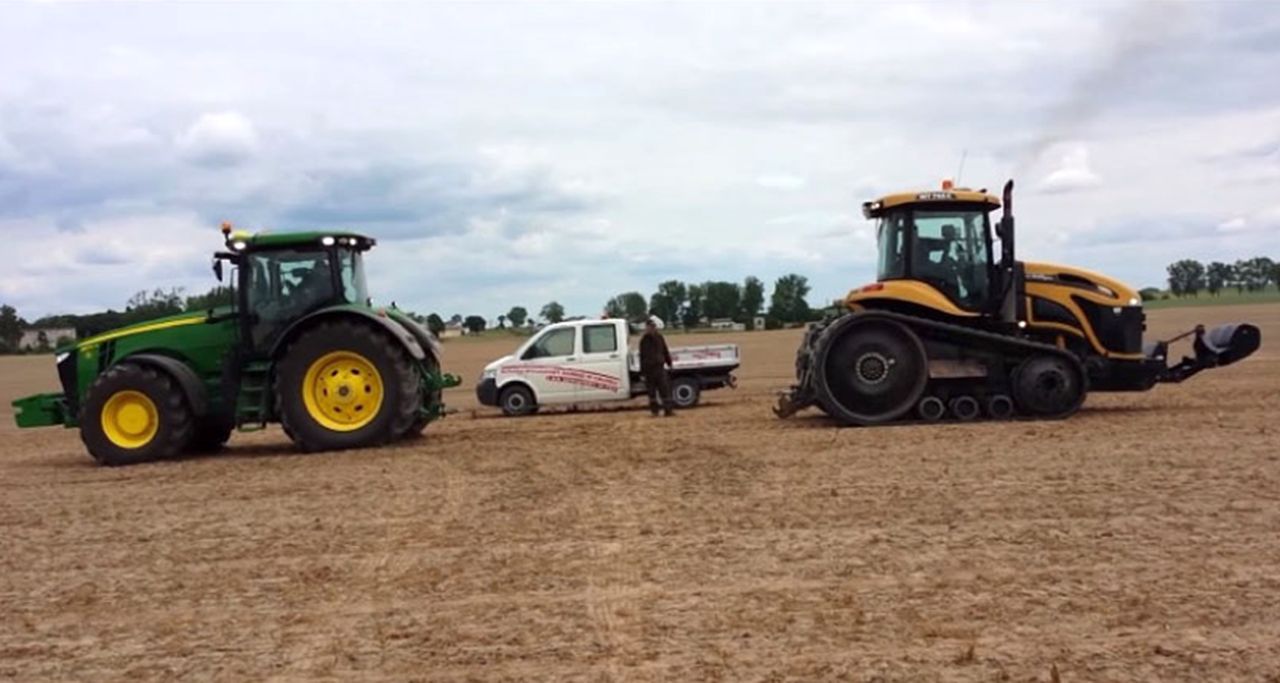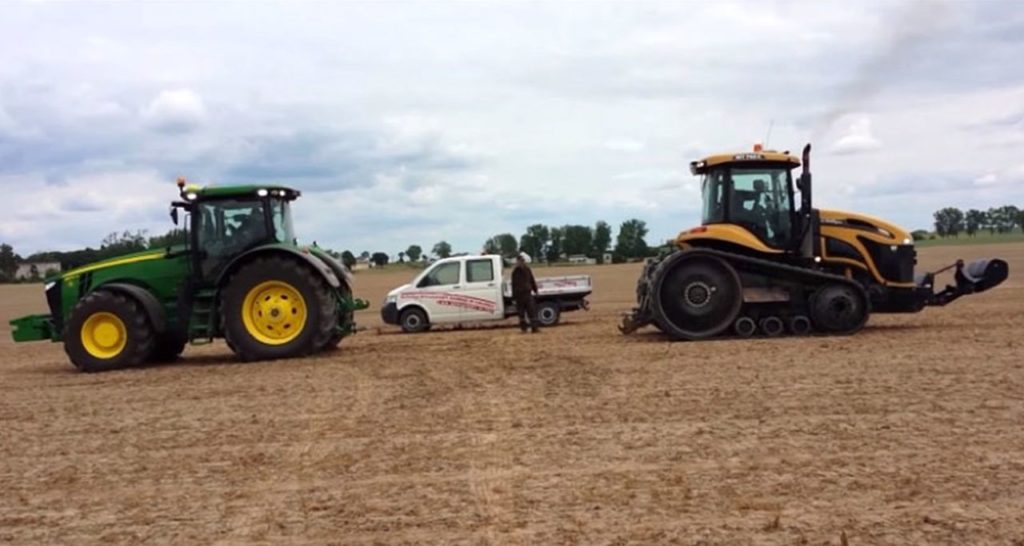
Charles R. Goulding and Preeti Sulibhavi look at two different equipment manufacturers and how they use 3D printing technology.
The two giant names in construction, equipment rental, steel, coal, fertilizers, etc., are Deere (DE) and Caterpillar (CAT). Whether you have heard of them or not, you have certainly come across their products in some fashion or other.
Both manufacture construction equipment such as loaders, excavators, etc. But Cat derives 37% of its revenue from construction compared to 25% for Deere. Caterpillar also sees 62% of its revenue from international markets, mainly China, compared to 37% for Deere.
Deere, on the other hand, generates 62% of its revenue from agriculture-based projects. Manufacturing tractors, harvesters, combines, etc., Deere is far more footed in agriculture while Caterpillar is tied to heavy construction.
Caterpillar is the world’s largest producer of earthmovers. That positions it for a key role in the new US$1T infrastructure spending package passed by the Senate on August 10th and the US$3.5T package currently under review. Additionally, the Senate infrastructure plan directs billions of dollars of spending into rural projects that will likely have substantial impacts on Deere’s markets and customer base.
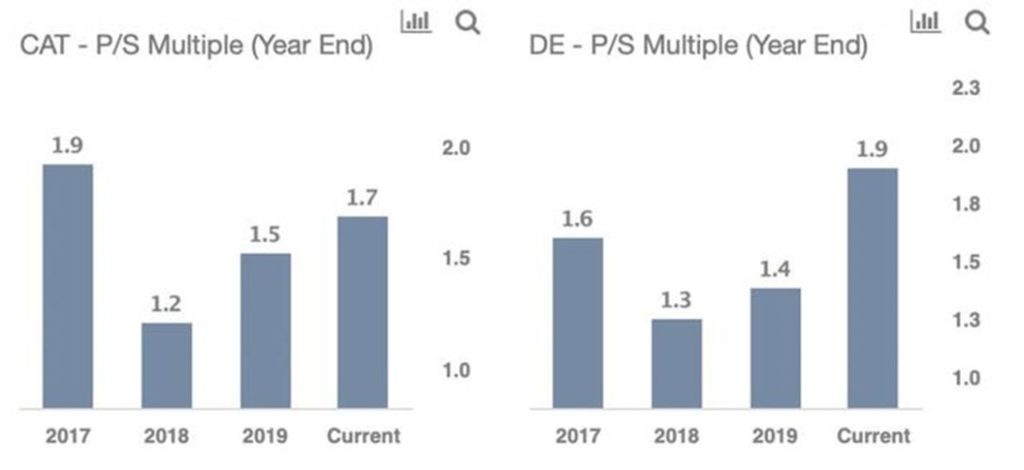
Both are invested heavily in 3D printing, as has been reported on Fabbaloo. Caterpillar has its sight set on Mars. In fact, Caterpillar has teamed up once again with NASA for the 3D printed Habitat Challenge. The goal is to find innovative ways to design and print a habitat that could be used for deep space exploration, including a possible journey to Mars.
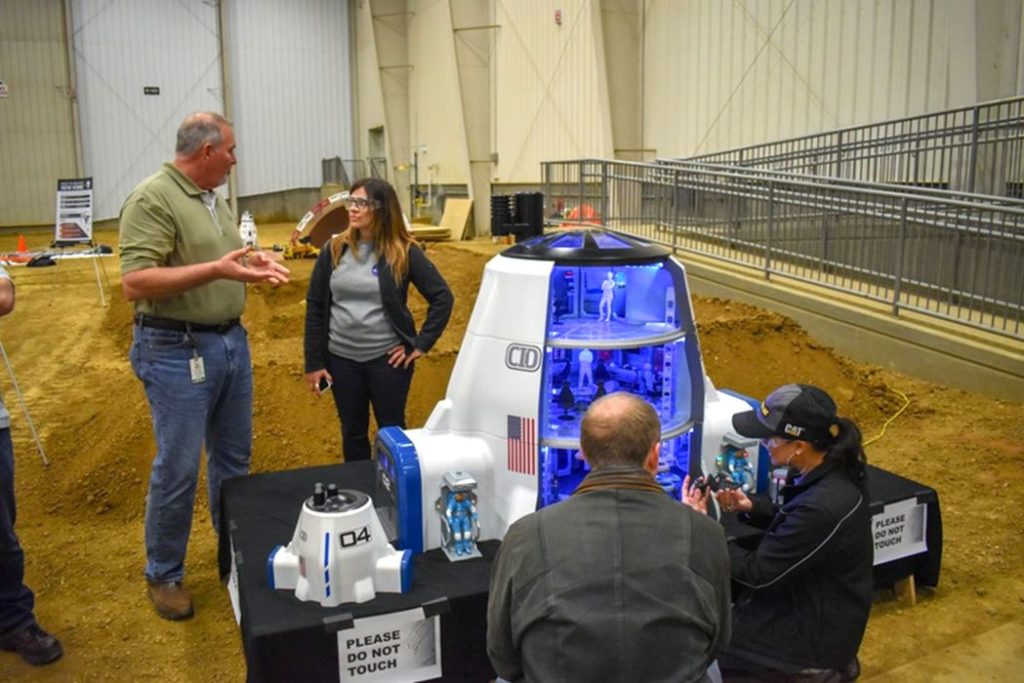
Deere is very much aware that the construction industry is trending towards using additive manufacturing techniques with concrete to build dwellings and other structures.
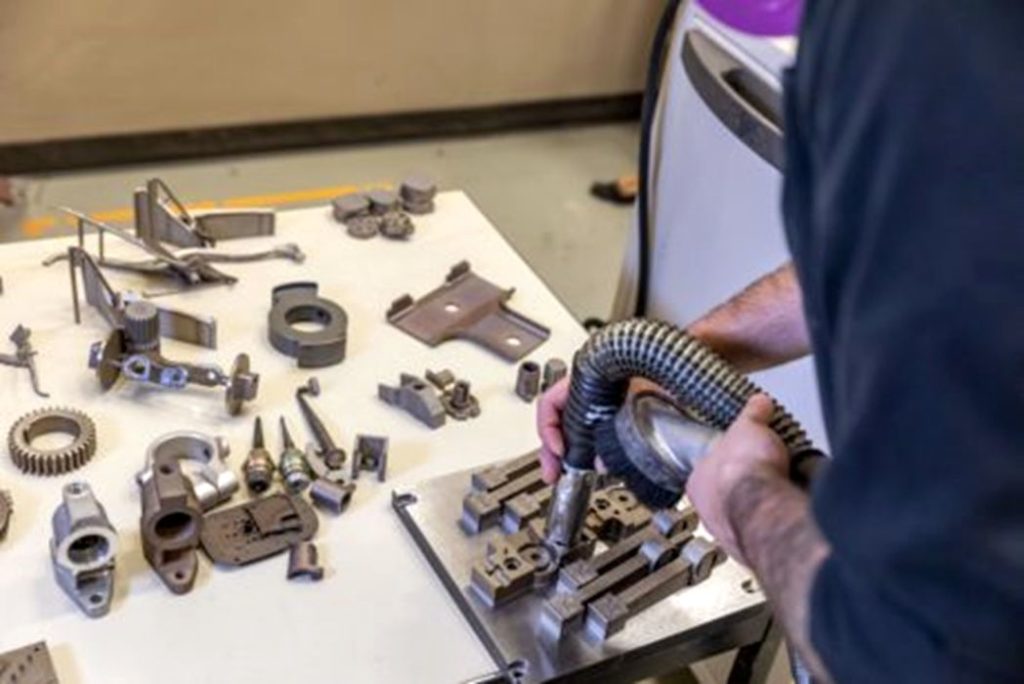
The Research and Development Tax Credit
The now permanent Research and Development (R&D) Tax Credit is available for companies and startups developing new or improved products, processes and/or software.
3D printing can help boost a company’s R&D Tax Credits. Wages for technical employees creating, testing and revising 3D printed prototypes can be included as a percentage of eligible time spent for the R&D Tax Credit. Similarly, when used as a method of improving a process, time spent integrating 3D printing hardware and software counts as an eligible activity. Lastly, when used for modeling and preproduction, the costs of filaments consumed during the development process may also be recovered.
Whether it is used for creating and testing prototypes or for final production, 3D printing is a great indicator that R&D Credit eligible activities are taking place. Companies implementing this technology at any point should consider taking advantage of R&D Tax Credits.
Conclusion
Whether you are in agriculture or commercial construction the names Deere and Caterpillar are synonymous with quality construction/farming equipment and technology. Additive manufacturing and 3D printing are also associated with both equipment giants. If you are into investing, CAT and Deere are the ones to bet on.

